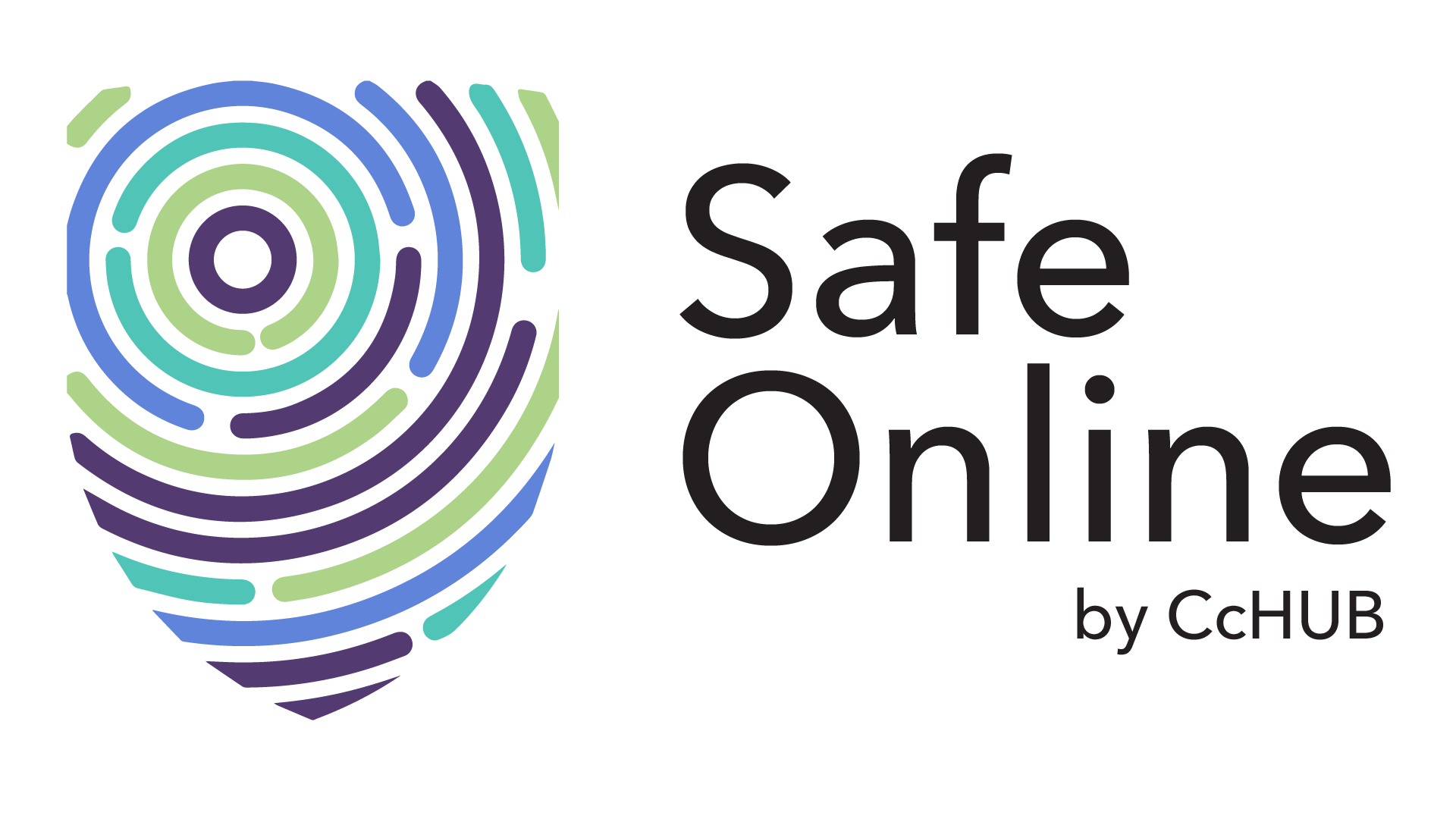Fake news, defined by the New York Times as “a made-up story with an intention to deceive” often for a secondary gain, is arguably one of the most serious challenges facing the news industry today. In a December Pew Research poll, 64% of US adults said that “made-up news” has caused a “great deal of confusion” about the facts of current events.
In Nigeria, The Minister of Information and Culture, Alhaji Lai Mohammed, disclosed this briefing and stakeholders meeting with online publishers/social media influencers on the national campaign against fake news in Lagos. He said: “The war against fake news is a must-win. As a multi-ethnic, multi-religious nation, Nigeria cannot afford an unbridled spread of fake news. This phenomenon is exploiting our fault lines to aggravate the crises in the country.
Read more at: https://www.vanguardngr.com/2018/07/fg-partners-google-facebook-whatsapp-to-fight-fake-news/
Now we all know this Fake News thing has been going on for a while, and of course, if it’s happening, some cybercriminals is going to monetize it and offer it as a professional service. It’s keen to see the types of services that are available such as social media manipulation (fake likes, followers, YouTube views) but Fake News at scale, as a service is an emerging tren
We need to be thinking now about ways to not only reduce the risk imposed by fake news, but also educate people to better identify these threats. So, how can we do this?
- Establish user awareness: Fake news spreads because people naturally want to share information with their social networks. Before sharing a link, always take time to review it – often the URL will be extremely similar to the real site, but with tiny differences. If people don’t fact check, cross check and verify sources before disseminating them this whole Fake News situation is just going to get worse and worse.
- Combat the bots: Monitor social media for brand mentions and seek to detect the ‘bots’ though it’s not always immediately obvious, there are often clues such as looking at the age of the account, the content being posted, and the number of friends and followers.
- Secure and monitor the entire network: Make sure that you have the right security in place to protect the network and ensure that corporate data remains safe. Installing the latest endpoint security solution and keeping it up-to-date will reduce the risk of any malware being able to infect devices.
- Keep an eye on trending activity: Monitor trending activity as it relates to an organization’s digital footprint and potentially identify disinformation activity
While awareness is key and technology is a great assistant, there is one simple practice we can all adopt: Think Before You Click or Share.
